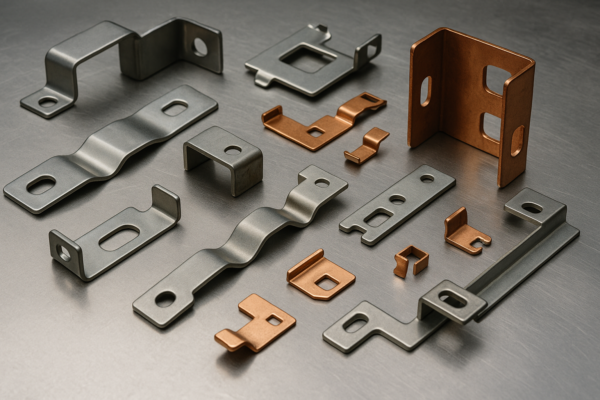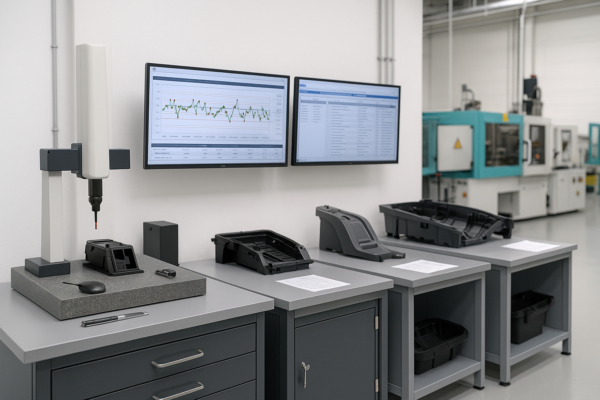What Are 10 Types of Metal?
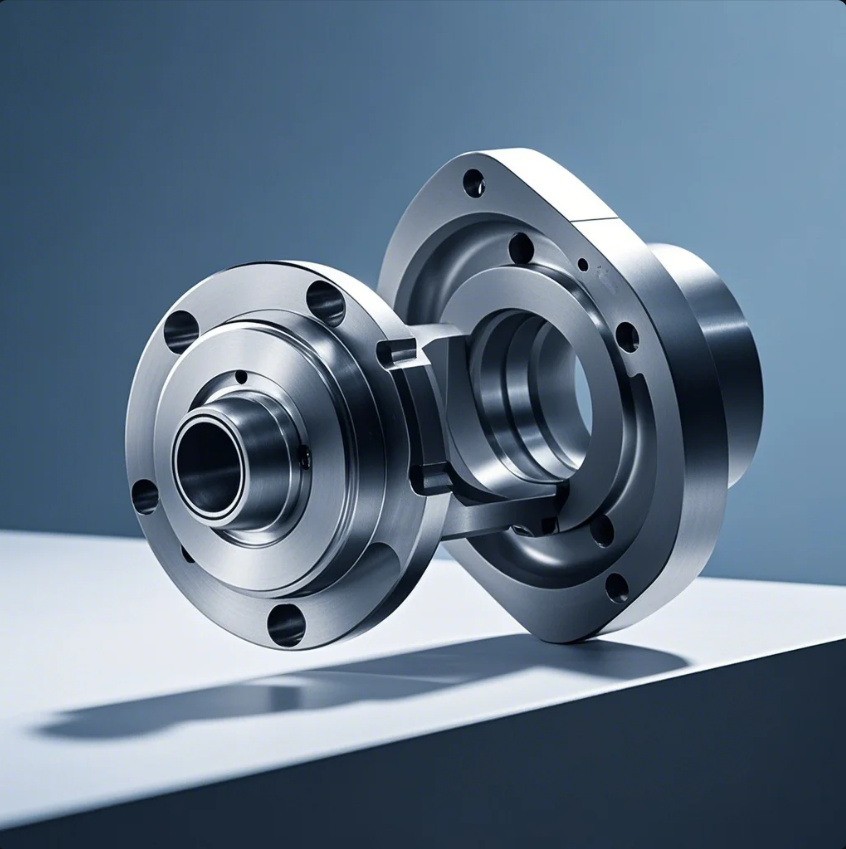
Leading paragraph: Metals are integral to modern life, shaping everything from technology to infrastructure. But with so many types of metal, which ones are most commonly used?
Snippet paragraph: Metals are used in numerous industries worldwide. Here are 10 common types of metal, each with its unique properties and applications.
Transition paragraph: Let’s explore the most important types of metal and their roles across various industries to help you choose the right material for your needs.
What Are the 20 Examples of Metals?
Leading paragraph: Metals come in all shapes and forms, each with its specific uses and advantages. Here are 20 examples of metals you should know.
Snippet paragraph: The 20 most common metals include iron, copper, aluminum, gold, and others. These metals are vital in numerous applications worldwide.
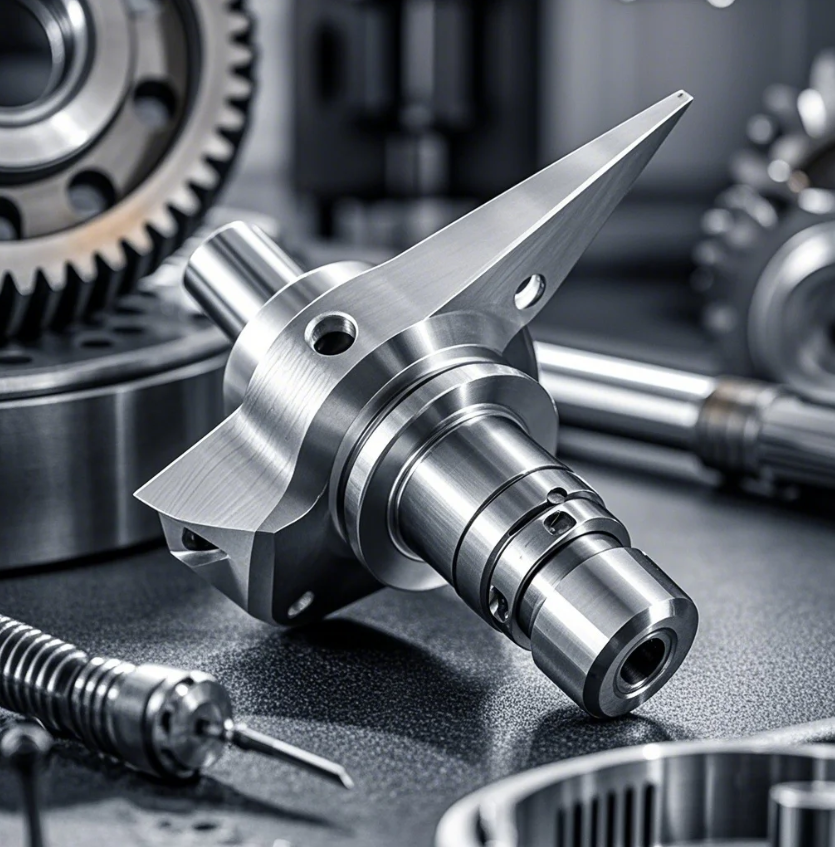
Dive-Deeper paragraph: There are many types of metal, each with unique characteristics. Some are prized for their strength, while others are valued for their conductivity or resistance to corrosion. Below are 20 metals commonly used across industries:
20 Examples of Metals:
| Metal | Properties | Common Uses |
|---|---|---|
| Iron | Strong, magnetic, rust-prone | Construction, machinery |
| Copper | Highly conductive, malleable | Electrical wiring, plumbing |
| Aluminum | Lightweight, non-magnetic | Aircraft, packaging |
| Gold | Malleable, corrosion-resistant | Jewelry, electronics |
| Silver | Highly conductive, malleable | Jewelry, electronics, solar panels |
| Lead | Dense, soft | Batteries, shielding |
| Tin | Soft, corrosion-resistant | Soldering, coating |
| Zinc | Corrosion-resistant, ductile | Galvanization, batteries |
| Nickel | Heat-resistant, durable | Alloys, batteries |
| Magnesium | Lightweight, strong | Aerospace, automotive |
| Titanium | Strong, lightweight, corrosion-resistant | Aerospace, medical implants |
| Platinum | Highly corrosion-resistant | Jewelry, catalytic converters |
| Chromium | Hard, corrosion-resistant | Stainless steel production |
| Molybdenum | Heat-resistant, corrosion-resistant | Steel alloying, electronics |
| Cobalt | Magnetic, corrosion-resistant | Batteries, alloys |
| Tungsten | Very high melting point, dense | Lightbulb filaments, military |
| Palladium | Corrosion-resistant, ductile | Catalysts, electronics |
| Beryllium | Lightweight, high strength | Aerospace, electronics |
| Rhodium | Highly reflective, corrosion-resistant | Catalysts, automotive parts |
| Iridium | Dense, corrosion-resistant | Spark plugs, electronics |
These metals are used across industries for a variety of applications, from construction to electronics and beyond.
What Are the 94 Types of Metals?
Leading paragraph: There are many more than just 10 types of metal. While 94 might sound like a large number, these metals are all critical in different contexts.
Snippet paragraph: A total of 94 metals exist, each with its specialized function, from construction materials to delicate electronics. Here’s an overview of some notable types.
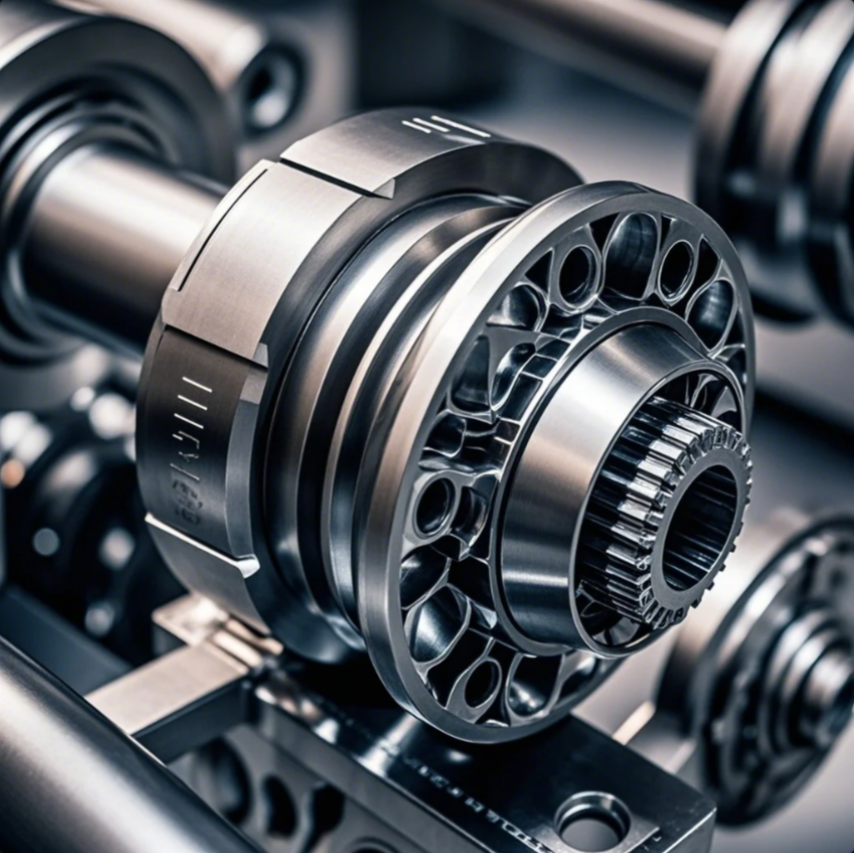
Dive-Deeper paragraph: Metal types are categorized based on properties such as conductivity, strength, and resistance to corrosion. While we can’t list all 94 here, below are some of the most significant categories:
Key Categories of Metals:
| Category | Examples | Applications |
|---|---|---|
| Alkali Metals | Lithium, Sodium, Potassium | Batteries, chemical synthesis |
| Alkaline Earth Metals | Magnesium, Calcium | Construction, steel manufacturing |
| Transition Metals | Iron, Copper, Nickel | Machinery, electrical conductors |
| Post-Transition Metals | Lead, Tin, Bismuth | Batteries, soldering, coatings |
| Lanthanides | Lanthanum, Cerium, Neodymium | Magnets, catalysts |
| Actinides | Uranium, Thorium | Nuclear energy, military |
While this list doesn’t cover all 94, it highlights essential groups of metals used in various fields.
What Are the 10 Most Common Metals on Earth?
Leading paragraph: There are certain metals that are found more frequently on Earth, both in terms of natural abundance and usage. Here are 10 of the most common metals found on our planet.
Snippet paragraph: The Earth has numerous metals, but 10 stand out in terms of their abundance and industrial importance.

Dive-Deeper paragraph: Some metals are more abundant in the Earth’s crust than others. These metals are not only common but also critical in industries such as construction, transportation, and electronics.
10 Most Common Metals on Earth:
| Metal | Abundance | Common Uses |
|---|---|---|
| Aluminum | Most abundant metal | Packaging, transportation, construction |
| Iron | Most abundant heavy metal | Construction, machinery |
| Calcium | Common in Earth’s crust | Cement, steel production |
| Magnesium | Abundant in Earth’s crust | Aerospace, automotive |
| Sodium | Found in salt minerals | Chemical production, medicine |
| Potassium | Common in salt deposits | Fertilizers, food additives |
| Titanium | Abundant in ores | Aerospace, medical implants |
| Copper | Found in large deposits | Electrical wiring, plumbing |
| Zinc | Common in Earth’s crust | Galvanization, batteries |
| Nickel | Common in ores | Batteries, alloys |
These metals are not only abundant but also indispensable in creating products that shape our modern world.
What Are the First 10 Metals?
Leading paragraph: When you look at metals from the periodic table, the first 10 metals are fundamental to various industrial uses. Let’s explore the first 10 elements of the periodic table that are metals.
Snippet paragraph: The first 10 metals in the periodic table are key to understanding the building blocks of chemistry and materials science.
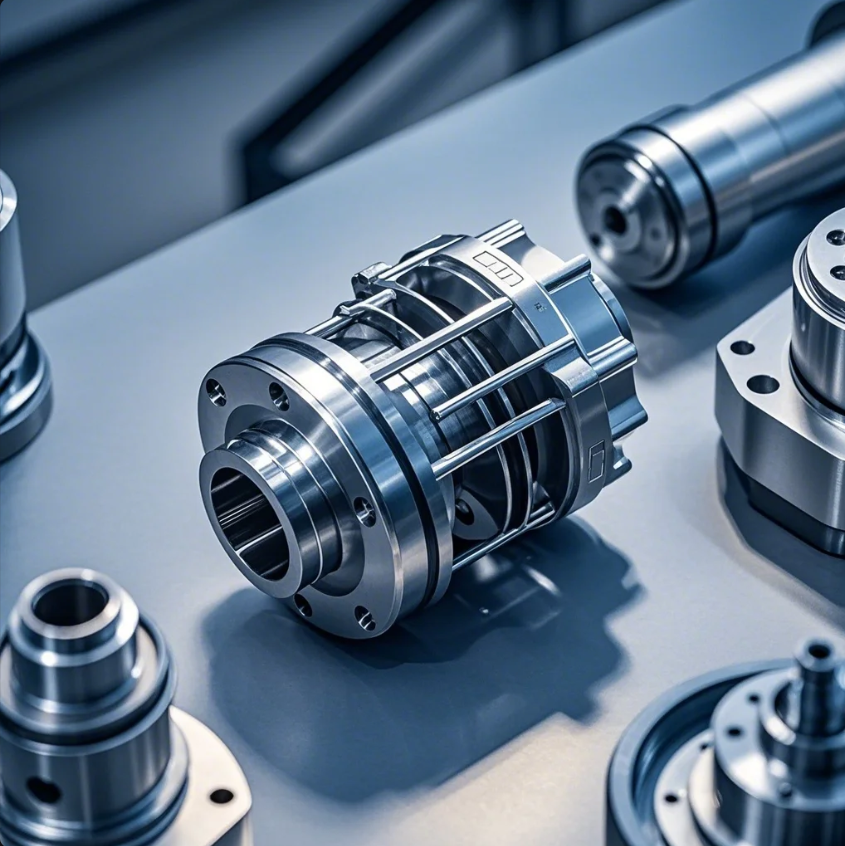
Dive-Deeper paragraph: The first 10 metals in the periodic table are crucial in the study of chemistry and industrial applications. They form the basis for understanding metallic bonding and the properties of metals. Here’s a breakdown of these first 10:
The First 10 Metals of the Periodic Table:
| Element | Symbol | Properties | Applications |
|---|---|---|---|
| Lithium | Li | Soft, highly reactive | Batteries, medical applications |
| Beryllium | Be | Strong, lightweight | Aerospace, electronics |
| Sodium | Na | Soft, reactive with water | Chemical production |
| Magnesium | Mg | Lightweight, strong | Aerospace, automotive |
| Aluminum | Al | Lightweight, non-magnetic | Packaging, construction |
| Potassium | K | Highly reactive | Fertilizers, food additives |
| Calcium | Ca | Reactive with water | Cement, steel production |
| Scandium | Sc | Light, corrosion-resistant | Aerospace, sports equipment |
| Titanium | Ti | Strong, corrosion-resistant | Aerospace, medical implants |
| Vanadium | V | Hard, high melting point | Steel production, alloys |
These first 10 metals are often used in various applications from construction to cutting-edge aerospace technology.
Conclusion
From common metals like aluminum and copper to rarer metals used in specialized fields, these materials shape industries and technologies worldwide. At Prime, we specialize in providing high-quality, customized metal parts with fast delivery. Contact us today for a quote and personalized solutions to your industrial needs.

